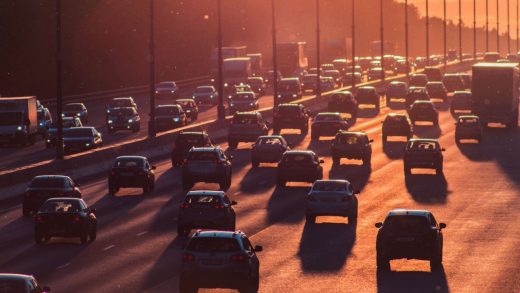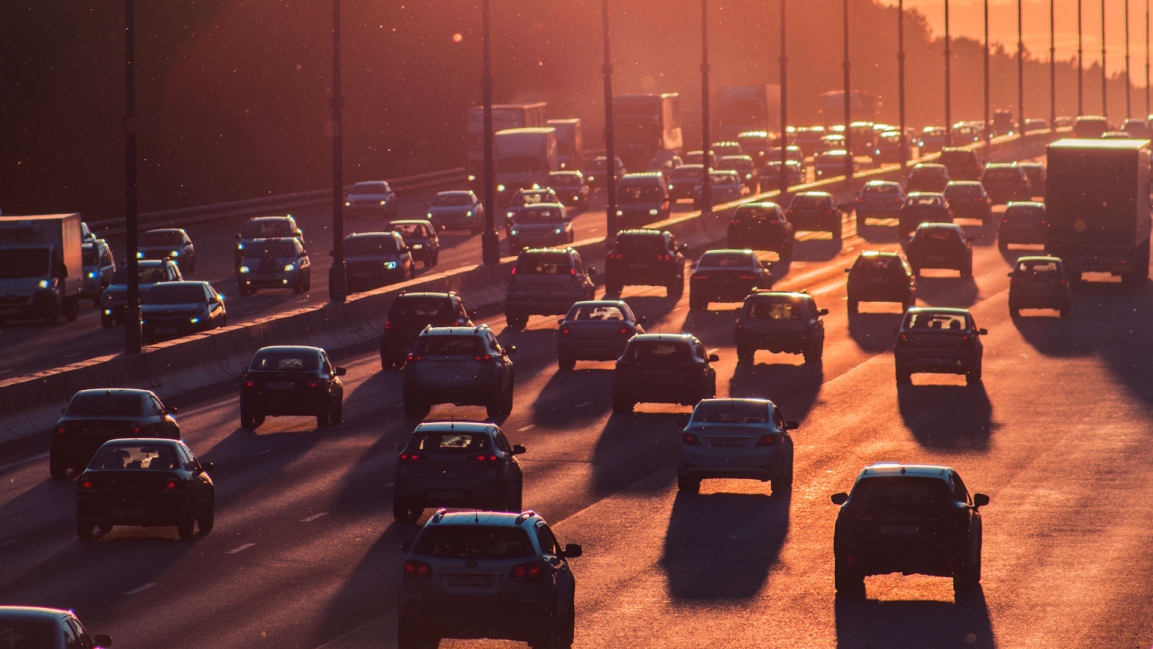Mathematicians have solved traffic jams, and they’re begging cities to listen
Most traffic jams are unnecessary, and this deeply irks mathematicians who specialize in traffic flow. They reserve particular vitriol for local transport engineers. “They do not have competencies in the field of system-related increases in traffic performance,” says Alexander Krylatov, a mathematics professor at St. Petersburg University. “If engineers manage to achieve local improvements, after a while the flows rearrange and the same traffic jams appear in other places.” Burn!
Krylatov would like to solve urban traffic jams forever, so much so that he has coauthored a book of new math approaches to traffic and ways to implement them. (Translation: Engineers, Let Us Handle This.) Four takeaways:
Traffic modeling is a complex branch of applied mathematics, partially because it assumes that drivers are selfish and pursuing their own goals, rather than any predictable or shared efforts. “Every year a considerable budget is allocated for improving roads. [Our models] suggest a set of solutions for the efficient management of these funds.”
And just in case you were wondering, “The mathematical approach in this case is superior to the engineering and economic one.”
(49)



